Neurology
- Page Path
-
- HOME
- TOPICS
- Neurology
- Topics
-
- Adolescence Medicine (4)
- Allergy (62)
- Cardiology (81)
- Critical Care Medicine (13)
- Developmental and Behavioral Medicine (24)
- Emergency Medicine (5)
- Endocrinology (64)
- Gastroenterology (73)
- General Pediatrics (57)
- Genetics and Metabolism (26)
- Hematology (19)
- Immunology (16)
- Infection (78)
- Neonatology (Perinatology) (125)
- Nephrology (Genitourinary) (54)
- Neurology (96)
- Nutrition (32)
- Oncology (17)
- Neurobehavior (12)
- Pulmonology (34)
- Rheumatology (3)
- Other (43)
- Review Article
- Neurology
- Recent update on reading disability (dyslexia) focused on neurobiology
- Sung Koo Kim
- Clin Exp Pediatr. 2021;64(10):497-503. Published online March 2, 2021
-
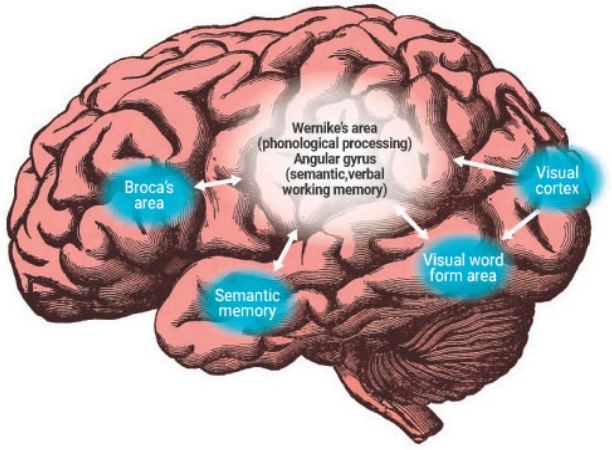
·Neurobiological studies using functional brain imaging have uncovered the reading pathways, brain regions involved in reading, and neurobiological abnormalities of dyslexia.
·An accurate diagnosis and timely specialized intervention are important in children with dyslexia. When national infant development screening tests have been conducted as in Korea, if a language developmental delay and early predictors of dyslexia are detected, the progression to dyslexia should be carefully observed and early intervention provided.
- Is it really a seizure? The challenge of paroxysmal nonepileptic events in young infants
- Seung Yeon Jung, Joon Won Kang
- Clin Exp Pediatr. 2021;64(8):384-392. Published online September 18, 2020
-

Paroxysmal nonepileptic events (PNE) comprise of a variety of nonepileptic behaviors and are divided into various types. A more accurate diagnosis is possible by examining the video clip provided by the caregiver. In infants, physiologic PNE accounts for the majority of the PNE. It is important to exclude epilepsy, for which blood tests, electroencephalography, and imaging tests can facilitate differential...
- Editorial
- Neurology
- Recent trends in autism spectrum disorder research using text mining of PubMed: importance of early detection
- Seung Soo Kim
- Clin Exp Pediatr. 2021;64(7):339-340. Published online November 9, 2020
-
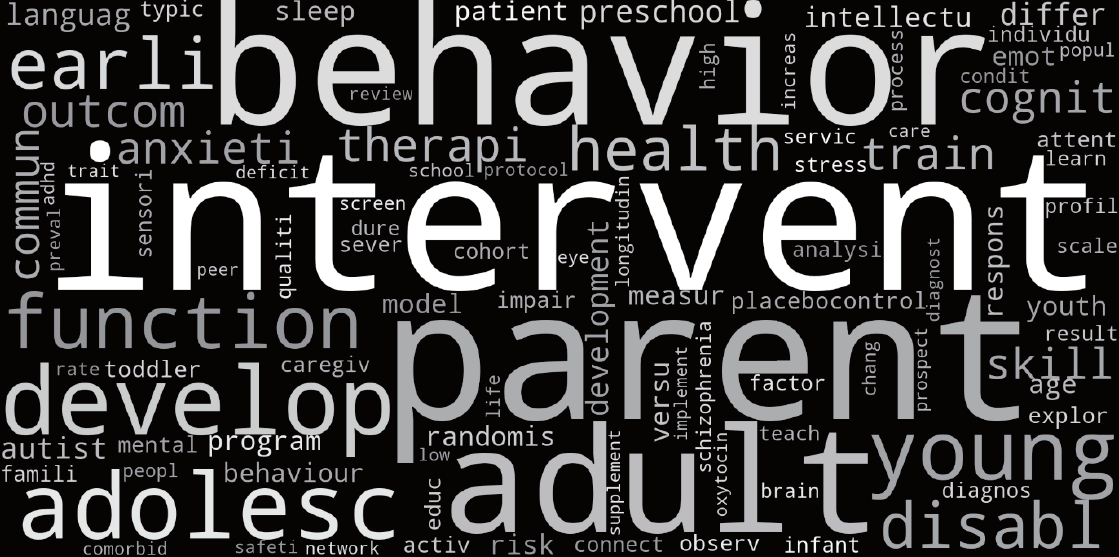
Behavioral therapy, the most widely proven intervention for the core symptoms of autism spectrum disorder (ASD), is required for life for individuals with ASD. Parent involvement, early detection, and early therapy play important roles. We must organize the risk factors for ASD and develop a screening tool that can be easily applied in the clinical, daycare, or school setting.
- Clinical note
- Neurology
- Myelin oligodendrocyte glycoprotein antibody encephalitis following severe acute respiratory syndrome coronavirus 2 in a pediatric patient
- Nusrat Ahsan, Saba Jafarpour, Jonathan D. Santoro
- Clin Exp Pediatr. 2021;64(6):310-312. Published online February 1, 2021
-
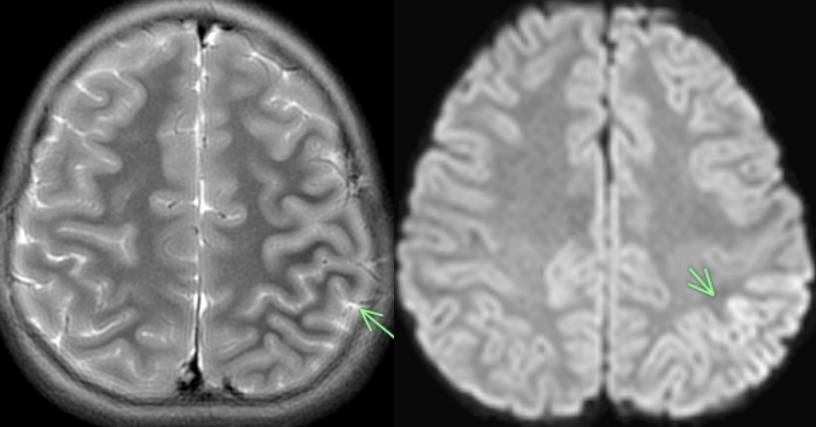
Question: Although neurologic complications have been reported during the acute phase of infection in children, less is known about the postinfectious phenomenon associated with the severe acute respiratory syndrome coronavirus 2 (SARSCoV-2) virus.
Finding: We present a case of a 7-year-old female with a prior asymptomatic infection with SARS-CoV-2 who subsequently developed encephalopathy and status epilepticus in association with myelin oligodendrocyte glycoprotein (MOG) antibody positivity.
Meaning: Here we present the first case of postinfectious of a MOG spectrum disorder associated with prior SARS-CoV-2 infection in a pediatric patient.
- Editorial
- Neurology
- Psychogenic nonepileptic seizures; beyond differentiating from epileptic seizures
- Sang Ook Nam
- Clin Exp Pediatr. 2021;64(6):282-283. Published online November 12, 2020
-
- Review Article
- Neurology
- Myths and truths about pediatric psychogenic nonepileptic seizures
- Jung Sook Yeom, Heather Bernard, Sookyong Koh
- Clin Exp Pediatr. 2021;64(6):251-259. Published online October 17, 2020
-
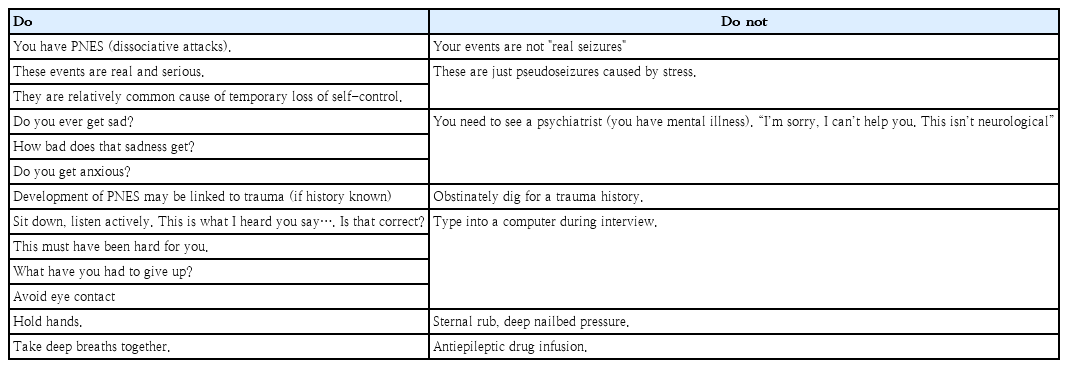
• Psychogenic non-epileptic seizures (PNES) are events that look like epileptic seizures but are not caused by abnormal electrical discharges.
• PNES are a manifestation of psychological and emotional distress.
• Treatment for PNES does not begin with the psychological intervention but starts with the diagnosis and how the diagnosis is delivered.
• A multifactorial biopsychosocial process and a neurobiological review are both essential components when treating PNES
- Myelin oligodendrocyte glycoprotein antibody-associated disorders: clinical spectrum, diagnostic evaluation, and treatment options
- Yun-Jin Lee, Sang Ook Nam, Ara Ko, JuHyun Kong, Shin Yun Byun
- Clin Exp Pediatr. 2021;64(3):103-110. Published online May 14, 2020
-

MOG antibody-associated disorder exhibits different pathophysiological and phenotypic findings than both aquaporin-4 antibody-associated neuromyelitis optica spectrum disorder and typical MS. MOG-antibody is of particular interest in pediatric patients with clinical or radiological non-MS typical findings. MOG-antibody was included in a diagnostic algorithm for children recommending for the first time a standardized use in clinical practice except in cases of typical MS.
- Perspective
- Neurology
- How can pediatricians treat neurodevelopmental disorders
- Young-Hoon Kim
- Clin Exp Pediatr. 2021;64(1):1-2. Published online July 27, 2020
-
∙ Recently neurodevelopmental therapy for preschool-aged children with neurodevelopmental disorders is paid for by health insurance in Korea.
∙ There are good evidences that parenting programs and neurodevelopmental therapy can work in attention deficit hyperactivity disorder and autism spectrum disorder.
∙ Pediatricians must be able to pass away important information to parents.
- Review Article
- Neurology
- Health effects of electromagnetic fields on children
- Jin-Hwa Moon
- Clin Exp Pediatr. 2020;63(11):422-428. Published online May 26, 2020
-
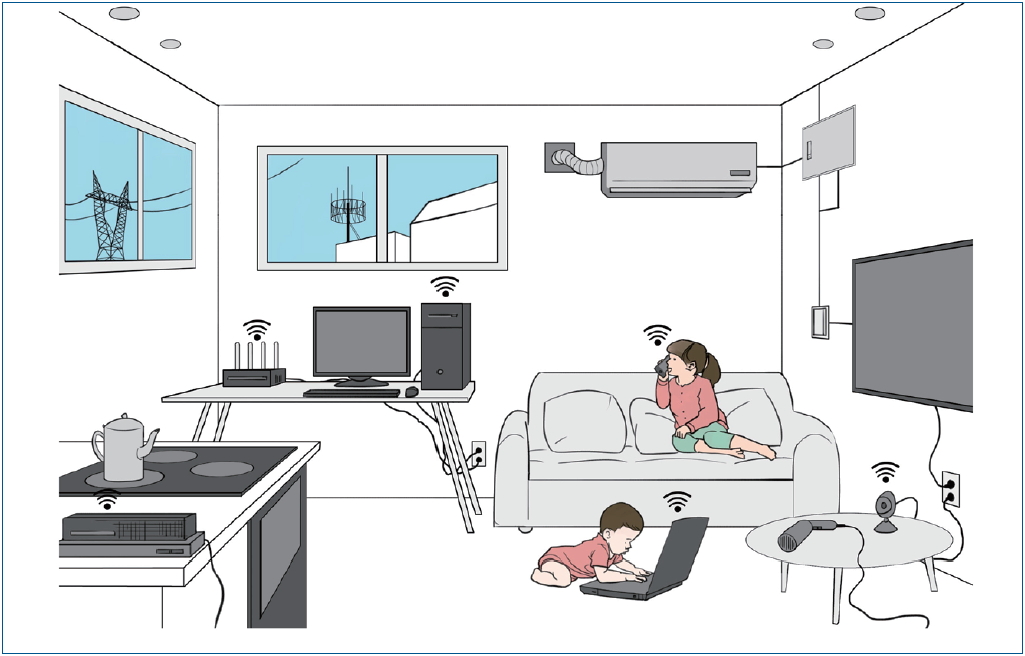
· The nervous systems of children are more vulnerable to the effects of electromagnetic waves than adults.
· The exposure to electromagnetic fields (EMFs) among children should be minimized.
· According to International Agency for Research on Cancer EMFs are possibly carcinogenic, it should not be overlooked or interpreted with bias.
- Editorial
- Neurology
- Commentary on "Autoimmune encephalitis and epilepsy: evolving definition and clinical spectrum"
- Jieun Choi
- Clin Exp Pediatr. 2020;63(8):310-311. Published online August 15, 2020
-
- Review Article
- Neurology
- Autoimmune encephalitis and epilepsy: evolving definition and clinical spectrum
- Joo Hee Seo, Yun-Jin Lee, Ki Hyeong Lee, Elakkat Gireesh, Holly Skinner, Michael Westerveld
- Clin Exp Pediatr. 2020;63(8):291-300. Published online August 16, 2019
-
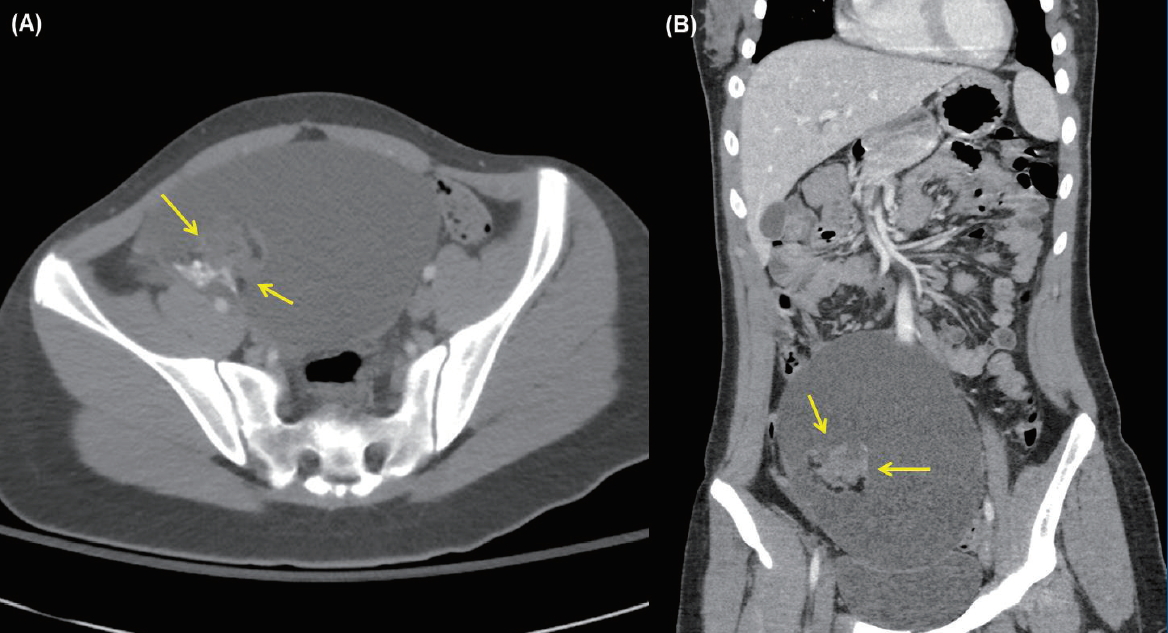
Advances in autoimmune encephalitis studies in the past 10 years have led to the identification of new syndromes and biomarkers that have transformed the diagnostic approach to the disorder. The disorder or syndrome has been linked to a wide variety of pathologic processes associated with the neuron-specific autoantibodies targeting intracellular and plasma membrane antigens. However, current criteria for autoimmune encephalitis...
- Editorial
- Neurology
- Next-generation sequencing is a powerful method to enhance diagnostic yield in global developmental delay/intellectual disability
- Jon Soo Kim
- Clin Exp Pediatr. 2020;63(6):211-212. Published online June 11, 2020
-
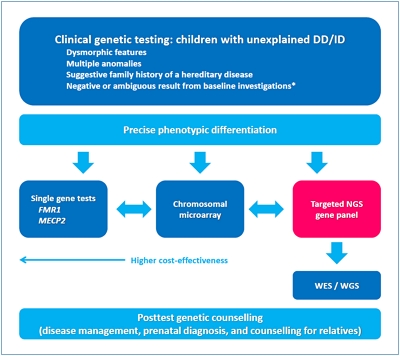
- Review Article
- Neurology
- Genetic tests by next-generation sequencing in children with developmental delay and/or intellectual disability
- Ji Yoon Han, In Goo Lee
- Clin Exp Pediatr. 2020;63(6):195-202. Published online November 4, 2019
-

Developments in next-generation sequencing (NGS) techogies have assisted in clarifying the diagnosis and treatment of developmental delay/intellectual disability (DD/ID) via molecular genetic testing. Advances in DNA sequencing technology have not only allowed the evolution of targeted panels but also, and more currently enabled genome-wide analyses to progress from research era to clinical practice. Broad acceptance of accuracy- guided targeted gene...
- Editorial
- Neurology
- Targeted temperature management and neuroprotective outcomes of pediatric patients after cardiac arrest
- Yun-Jin Lee
- Clin Exp Pediatr. 2020;63(5):180-181. Published online April 14, 2020
-
- Review Article
- Neurology
- Factors associated with seizure and cognitive outcomes after epilepsy surgery for low-grade epilepsy-associated neuroepithelial tumors in children
- Ara Ko, Joon Soo Lee
- Clin Exp Pediatr. 2020;63(5):171-177. Published online November 13, 2019
-

Low-grade epilepsy-associated neuroepithelial tumors (LEATs) are responsible for drug-resistant chronic focal epilepsy, and are the second-most common reason for epilepsy surgery in children. LEATs are extremely responsive to surgical treatment, and therefore epilepsy surgery should be considered as a treatment option for LEATs. However, the optimal time for surgery remains controversial, and surgeries are often delayed. In this review, we...
- How can neurological outcomes be predicted in comatose pediatric patients after out-of-hospital cardiac arrest?
- Hyo Jeong Kim
- Clin Exp Pediatr. 2020;63(5):164-170. Published online October 10, 2019
-

The prognosis of patients who are comatose after resuscitation remains uncertain. The accurate prediction of neurological outcome is important for management decisions and counseling. A neurological examination is an important factor for prognostication, but widely used sedatives alter the neurological examination and delay the response recovery. Additional studies including electroencephalography, somatosensory-evoked potentials, brain imaging, and blood biomarkers are useful for...
- Editorial
- Neurology
- Guideline for advanced neuroimaging in pediatric epilepsy
- Yun Jung Hur
- Clin Exp Pediatr. 2020;63(3):100-101. Published online March 6, 2020
-
- Review Article
- Neurology
- Advanced neuroimaging techniques for evaluating pediatric epilepsy
- Yun Jeong Lee
- Clin Exp Pediatr. 2020;63(3):88-95. Published online February 6, 2020
-

Accurate localization of the seizure onset zone is important for better seizure outcomes and preventing deficits following epilepsy surgery. Recent advances in neuroimaging techniques have increased our understanding of the underlying etiology and improved our ability to noninvasively identify the seizure onset zone. Using epilepsy-specific magnetic resonance imaging (MRI) protocols, structural MRI allows better detection of the seizure onset zone,...
- Original Article
- Neurology
- Evaluation of hematologic profile may be needed for patients treated with oxcarbazepine
- Gu Hyun Jung, Su Jeong You
- Clin Exp Pediatr. 2019;62(8):312-316. Published online April 11, 2019
-

Purpose: The major side effects of treatment with oxcarbazepine (OXC) are skin rash and hyponatremia. Hematologic side effects are reported rarely. The aim of this study was to investigate the rate and types of the hematologic side effects of OXC. Methods: The medical records of 184 patients diagnosed with epilepsy or movement disorder and on OXC monotherapy, at the Department of...
- Correlation of serum S100B levels with brain magnetic resonance imaging abnormalities in children with status epilepticus
- Prastiya Indra Gunawan, Darto Saharso, Dian Purnama Sari
- Clin Exp Pediatr. 2019;62(7):281-285. Published online May 8, 2019
-
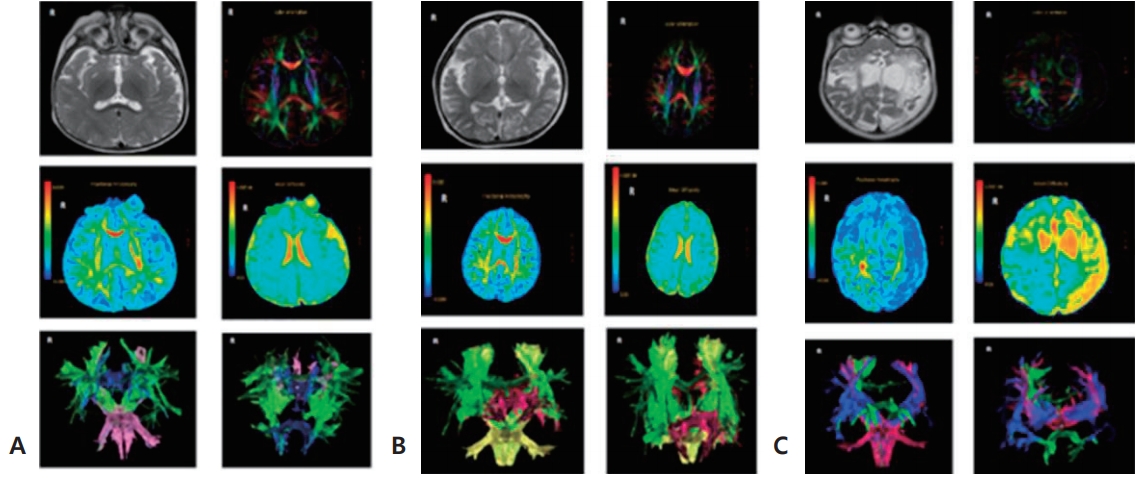
Purpose: To evaluate the association between elevated S100B levels with brain tissue damage seen in abnormalities of head magnetic resonance imaging (MRI; diffusion tensor imaging [DTI] sequence) in patients with status epilepticus (SE). Methods: An analytical observational study was conducted in children hospitalized at Dr Soetomo Hospital, Surabaya, from July to December 2016. The patients were divided into 2 groups: SE...
- Efficacy and tolerability of adjunctive perampanel treatment in children under 12 years of age with refractory epilepsy
- Yuni Yun, Dongsub Kim, Yun-Jeong Lee, Soonhak Kwon, Su-Kyeong Hwang
- Clin Exp Pediatr. 2019;62(7):269-273. Published online December 26, 2018
-

Purpose: There is limited data on the use of perampanel in children under 12 years of age. We evaluated the efficacy and tolerability of adjunctive perampanel treatment in children under 12 years of age with refractory epilepsy. Methods: This retrospective observational study was performed in Kyungpook National University Hospital from July 2016 to March 2018. A responder was defined as a...
- Editorial
- Neurology
- Perampanel is also a useful adjunctive treatment option in refractory epilepsy in children
- Jon Soo Kim, Won Seop Kim
- Clin Exp Pediatr. 2019;62(7):259-260. Published online March 5, 2019
-
- Case Report
- Neurology
- A long-term subacute sclerosing panencephalitis survivor treated with intraventricular interferon-alpha for 13 years
- Minsun Kwak, Hye-Ryun Yeh, Mi-Sun Yum, Hyun-Jin Kim, Su Jeong You, Tae-Sung Ko
- Clin Exp Pediatr. 2019;62(3):108-112. Published online September 18, 2018
-
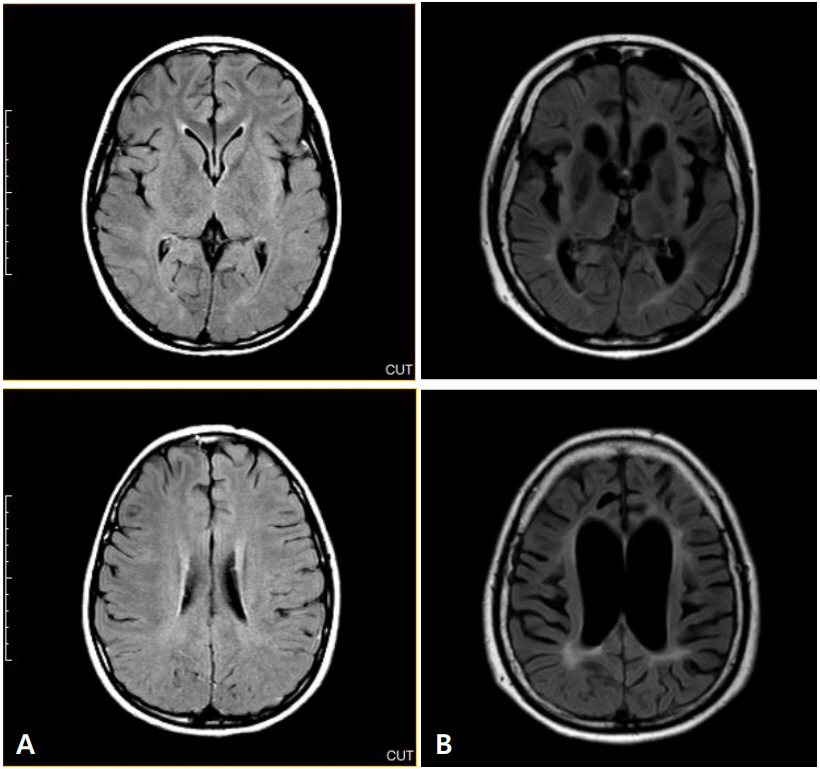
Subacute sclerosing panencephalitis (SSPE) is a rare, progressive, and fatal central nervous system disorder resulting from persistent measles virus infection. Long-term data are scarce, with a maximum follow-up period of 10 years. Interferon-alpha (IFN-α) is a protein that exerts its antiviral activity via enhancement of cellular immune response and is reported to be an effective drug for the treatment of...
- Original Article
- Neurology
- Genotype-phenotype correlations in pediatric patients with myotonic dystrophy type 1
- Hyeong Jung Kim, Ji-Hoon Na, Young-Mock Lee
- Clin Exp Pediatr. 2019;62(2):55-61. Published online September 23, 2018
-
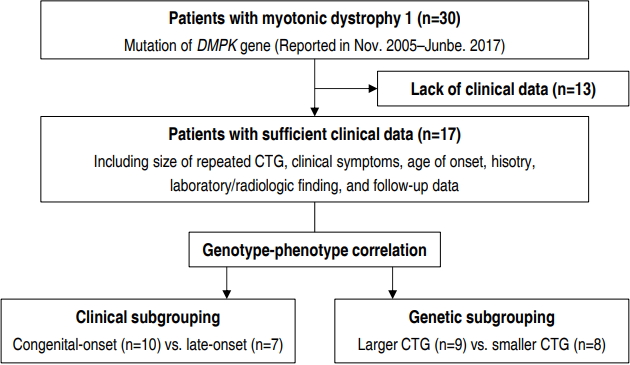
Purpose: Myotonic dystrophy, also known as dystrophia myotonica (DM), is an autosomal dominant disorder with 2 genetically distinct forms. DM type 1 (DM1) is the more common form and is caused by abnormal expansion of cytosine/thymine/guanine (CTG) repeats in the DM protein kinase (DMPK ) gene. Our study aimed to determine whether the age of onset is correlated with CTG...
- The clinical characteristics and prognosis of subgaleal hemorrhage in newborn
- Sun Jin Lee, Jin Kyu Kim, Sun Jun Kim
- Clin Exp Pediatr. 2018;61(12):387-391. Published online September 16, 2018
-

Purpose: Subgaleal hemorrhage (SGH) is a rare but potentially fatal condition in newborns; however, few studies have reported on this condition. We aimed to identify the clinical characteristics and prognostic factors of SGH. Methods: We retrospectively reviewed the medical records of 20 neonates diagnosed with SGH between January 2000 and June 2017. Enrolled neonates were clinically diagnosed when they had tender...
- Clinical manifestations of headache in children younger than 7 years
- Bu Seon Kang, Jinsun Lee, Jin Hyuk Choi, Hyeok Hee Kwon, Joon Won Kang
- Clin Exp Pediatr. 2018;61(11):355-361. Published online September 16, 2018
-

Purpose: Headache is a common symptom during childhood. It is usually persistent and requires special care. This study aimed to identify the characteristics of headache in children <7 years of age. Methods: We reviewed 3 years of clinical files on children <7 years of age with a chief complaint of headache. Results: This study included 146 children (66 males, 80 females; mean...
- Comparison of conservative therapy and steroid therapy for Bell’s palsy in children
- Hye Won Yoo, Lira Yoon, Hye Young Kim, Min Jung Kwak, Kyung Hee Park, Mi Hye Bae, Yunjin Lee, Sang Ook Nam, Young Mi Kim
- Clin Exp Pediatr. 2018;61(10):332-337. Published online September 12, 2018
-

Purpose: Bell’s palsy is characterized by sudden onset of unilateral facial weakness. The use of corticosteroids for childhood Bell’s palsy is controversial. This study aimed to identify clinical characteristics, etiology, and laboratory findings in childhood Bell’s palsy, and to evaluate the efficacy of corticosteroid treatment. Methods: We conducted a retrospective analysis of children under 19 years of age treated for Bell’s...
- Outcome of ultrasonographic imaging in infants with sacral dimple
- Jin Hyuk Choi, Taekwan Lee, Hyeok Hee Kwon, Sun Kyoung You, Joon Won Kang
- Clin Exp Pediatr. 2018;61(6):194-199. Published online June 25, 2018
-

Purpose Sacral dimples are a common cutaneous anomaly in infants. Spine ultrasonography (USG) is an effective and safe screening tool for patients with a sacral dimple. The aim of this study was to determine the clinical manifestations in patients with an isolated sacral dimple and to review the management of spinal cord abnormalities identified with USG.
Methods We reviewed clinical records and collected...
- Long-term prenatal stress increases susceptibility of N-methyl-D-aspartic acid-induced spasms in infant rats
- Hyeok Hee Kwon, Taekwan Lee, Jinpyo Hong, Dong Woon Kim, Joon Won Kang
- Clin Exp Pediatr. 2018;61(5):150-155. Published online May 28, 2018
-

Purpose Infantile spasms, also known as West syndrome, is an age-specific epileptic seizure. Most patients with this condition also exhibit delayed development. This study aimed to determine the effect of long-term prenatal stress on susceptibility to infantile spasms.
Methods We subjected pregnant rats to acute or chronic immobilization stress. Resulting offspring received N-methyl-D-aspartic acid (15 mg/kg, intraperitoneally) on postnatal day 15, and their...
- Review Article
- Neurology
- Epilepsy syndromes during the first year of life and the usefulness of an epilepsy gene panel
- Eun Hye Lee
- Clin Exp Pediatr. 2018;61(4):101-107. Published online April 23, 2018
-

Recent advances in genetics have determined that a number of epilepsy syndromes that occur in the first year of life are associated with genetic etiologies. These syndromes range from benign familial epilepsy syndromes to early-onset epileptic encephalopathies that lead to poor prognoses and severe psychomotor retardation. An early genetic diagnosis can save time and overall cost by reducing the amount...
-

-
-
6.02024CiteScore98th percentilePowered by
-
Impact Factor3.6
-
- TOPICS
- ARTICLE CATEGORY
- Editorial Office
-
Korean Pediatric Society
#1606 Seocho World Officetel, 19 Seoun-ro, Seocho-ku, Seoul 06732, Korea
Tel: +82-2-3473-7306 Fax: +82-2-3473-7307 E-mail: office@e-cep.org
Clinical and Experimental Pediatrics is an open access journal. All articles are distributed under the terms of the Creative Commons Attribution NonCommercial License (http://creativecommons.org/licenses/by-nc/4.0/)
Copyright © 2025 by Korean Pediatric Society.











